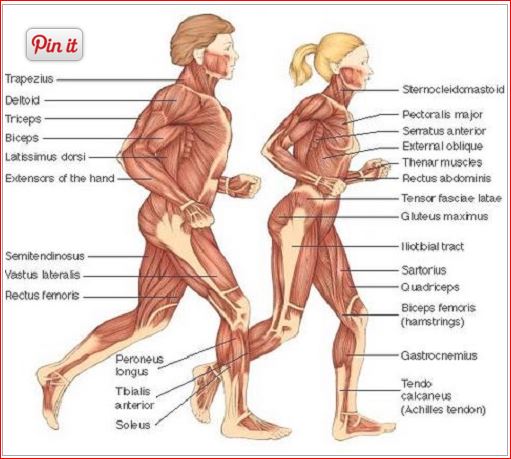Difference between Voluntary and Involuntary Muscles
difference between Voluntary and Involuntary Muscles is that The involuntary muscle is under unconscious control, while the voluntary muscle is under conscious control.

The voluntary muscle is under the control of the autonomic nervous system, while the involuntary muscle is under the control of the somatosensory nervous system.
Voluntary muscles include skeletal muscle that adheres to bones and skin.
The involuntary muscle includes the smooth muscle that lines the organs and the heart muscle of the heart.
While some involuntary muscles (for example, cardiac muscles) contract in a constant rhythmic cycle, voluntary muscles do not.
The voluntary muscle contains multinucleated cells, while the involuntary muscle has no initiation.
Voluntary muscle nuclei are located at the edges of the cell, while those of the involuntary muscle is located in the center of the cell.
Voluntary muscle cells are very long, while involuntary muscle cells are short.
Voluntary muscle cells have sarcomeres, while involuntary muscle cells do not have sarcomeres.
Main Difference – Volunteer vs. Involuntary Muscles
Voluntary, involuntary and cardiac muscles are the three types of muscles found in the animal’s body. Skeletal muscles are considered voluntary muscles, while smooth muscles are considered involuntary muscles. The heart muscles are only found in the heart. The voluntary muscles are attached to the skeleton, which helps the movement of the parts and locomotion of the animal’s body. The involuntary muscles are found in the walls of the hollow organs, controlling the internal movements of the organs. The internal organs help the passage of liquids and food in the digestive system.
You May Also Interested:
